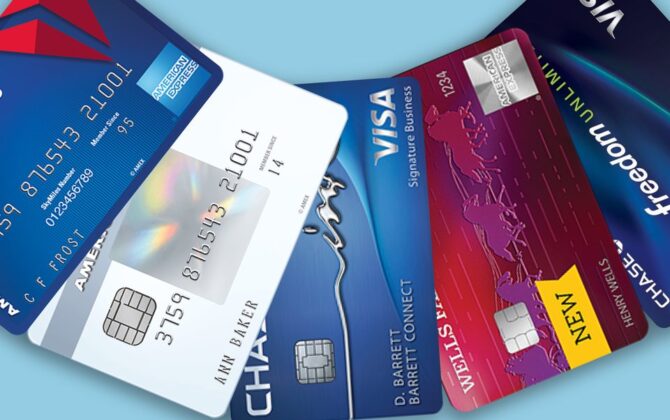How to track your monthly budget
Budgeting comes down to tracking how much you earn compared to how much you spend – and how much you want to save. While budgeting can seem like a chore at times, there are a few simple methods that can help you track your spending and stay focused on your goals. To use the 50-30-20 budget method, you’ll start by looking at your monthly expenses.
What Is the 50/30/20 Rule?
The 50/30/20 budget is an easy way to focus your budgeting goals. To get started, you will sort your expenses into three buckets — your needs, wants, and savings. Here’s how it works:
50% for your needs
Half of your income should go toward essentials or necessities, such as housing (including mortgage or rent), groceries, transportation, health insurance, and the minimum payment on your debts, such as student loans.
30% for your wants
This portion of your income can go toward purchases you want but don’t necessarily need, such as travel, dining out, entertainment, or shopping.
20% for your savings
The rest should go toward your savings, including any investments or retirement accounts, building your emergency savings, or making additional debt payments (after your minimum payments).
Calculating your target budget
What does this look like? If you make $3000 a month after taxes, then 50% ($1500) would go toward needs, the next 30% ($900) goes toward your wants or discretionary spending, and the remaining 20% ($600) goes toward your savings.
While keeping track of your budget may seem complicated, a simple method, like the 50-30-20 rule can help understand where your money is going. And if you have a specific savings goal in mind, such as saving for a wedding, emergency fund, or vacation, your budget can help you stay on target to reach that goal.






